Increased Awareness and Advocacy
The rise in awareness and advocacy for speech disorders is significantly influencing the Speech Impairment Market. Various organizations and campaigns are dedicated to educating the public about the challenges faced by individuals with speech impairments. This heightened awareness is likely to lead to increased funding for research and development of new therapies and technologies. Moreover, as society becomes more inclusive, there is a growing emphasis on providing support and resources for affected individuals. This cultural shift is expected to result in a higher demand for speech therapy services and products, thereby expanding the market. The Speech Impairment Market stands to benefit from this trend as more stakeholders become involved in addressing the needs of this population.
Integration of Telehealth Services
The integration of telehealth services into speech therapy is emerging as a significant driver for the Speech Impairment Market. Teletherapy offers convenient access to speech therapy for individuals who may face barriers to traditional in-person sessions. This trend has gained traction, with many practitioners adopting telehealth platforms to reach a broader audience. The market for teletherapy services is anticipated to grow, with projections indicating a potential increase in user adoption rates. As more individuals recognize the benefits of remote therapy, the demand for telehealth solutions in speech therapy is likely to rise. This shift not only enhances accessibility but also contributes to the overall growth of the Speech Impairment Market.
Rising Prevalence of Speech Disorders
The increasing incidence of speech disorders is a primary driver of the Speech Impairment Market. According to recent estimates, approximately 1 in 12 individuals experience some form of speech impairment, which translates to millions of people requiring intervention. This growing population necessitates enhanced therapeutic solutions and products, thereby expanding market opportunities. The demand for speech therapy services and assistive technologies is likely to rise as awareness of these disorders increases. Furthermore, the aging population, which is more susceptible to speech-related issues, contributes to this trend. As a result, healthcare providers and organizations are focusing on developing innovative therapies and tools to address the needs of this demographic, ultimately propelling the Speech Impairment Market forward.
Advancements in Assistive Technologies
Technological advancements play a crucial role in shaping the Speech Impairment Market. Innovations in assistive devices, such as speech-generating devices and mobile applications, have transformed the way individuals with speech impairments communicate. These technologies not only enhance communication but also improve the quality of life for users. The market for these devices is projected to grow significantly, with estimates suggesting a compound annual growth rate of over 7% in the coming years. As more individuals and healthcare providers recognize the benefits of these technologies, the demand for advanced solutions is expected to increase. This trend indicates a shift towards more personalized and effective communication aids, thereby driving the Speech Impairment Market.
Collaborative Efforts in Research and Development
Collaborative efforts among healthcare providers, researchers, and technology developers are fostering innovation within the Speech Impairment Market. These partnerships aim to create more effective therapies and tools for individuals with speech impairments. By pooling resources and expertise, stakeholders can accelerate the development of new solutions that address the diverse needs of this population. The emphasis on collaboration is expected to lead to breakthroughs in treatment methodologies and assistive technologies. As these innovations emerge, they are likely to attract investment and interest from various sectors, further propelling the Speech Impairment Market. This collaborative approach may ultimately enhance the quality of care and support available to individuals with speech disorders.


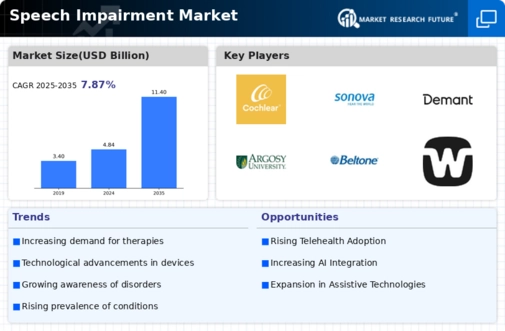
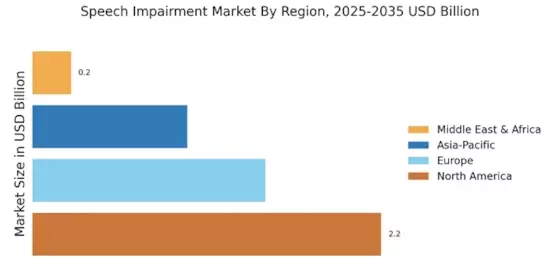
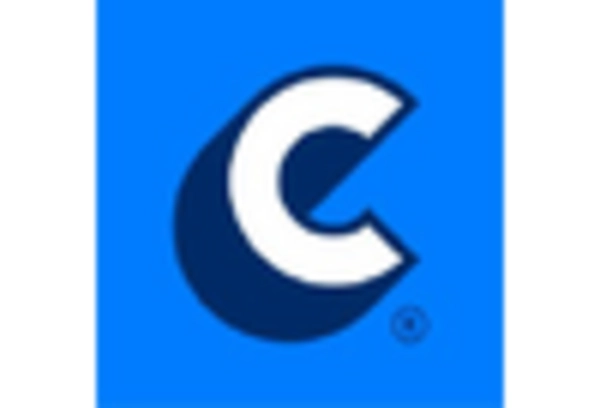
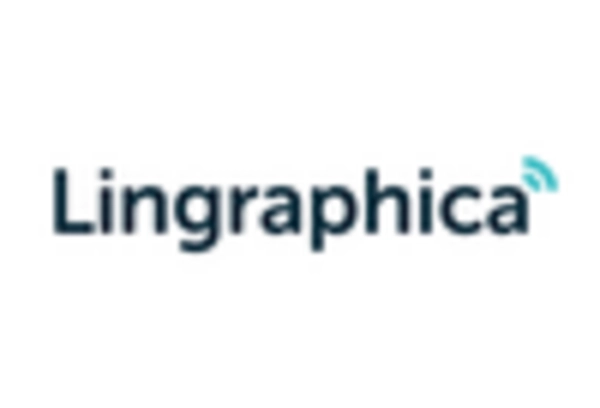
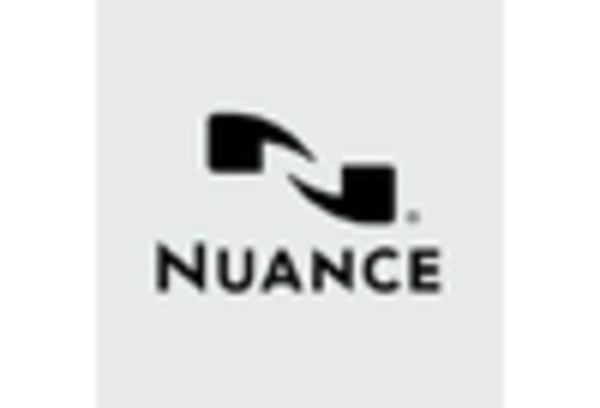


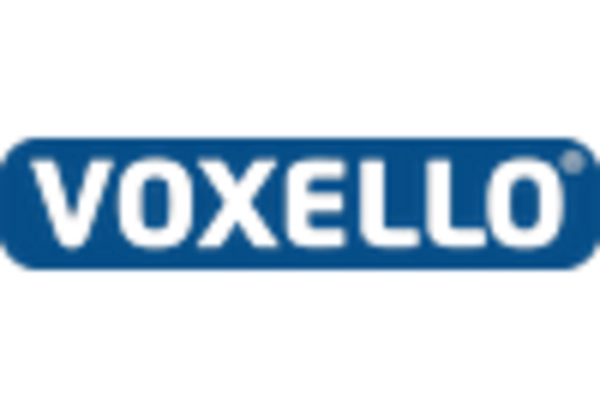








Leave a Comment